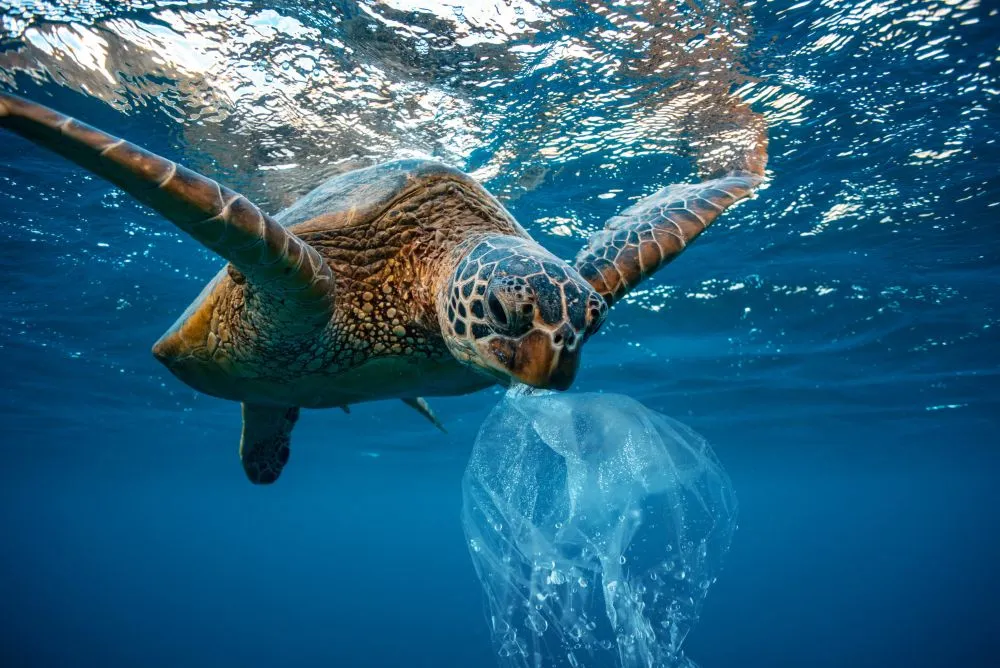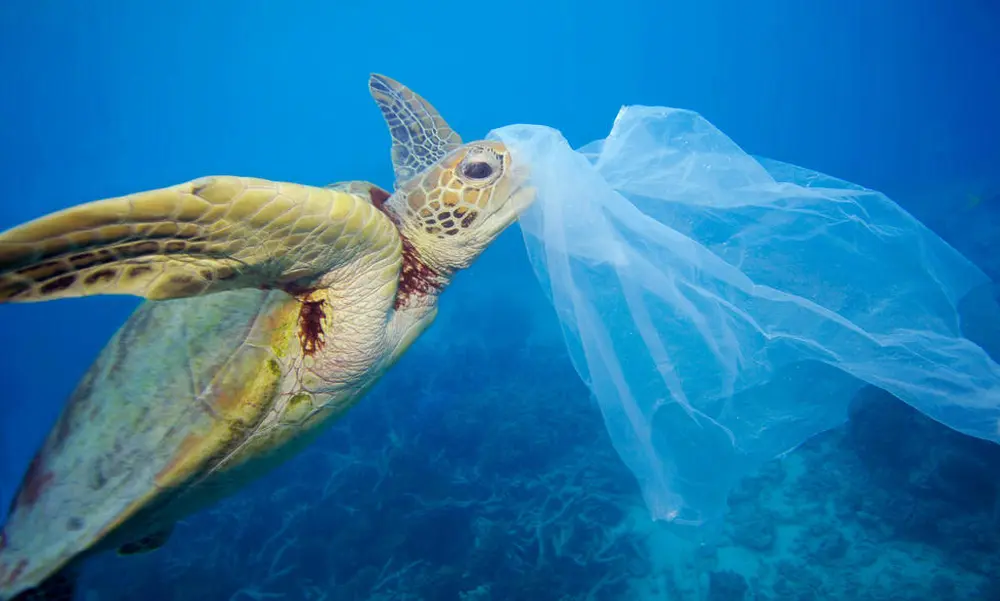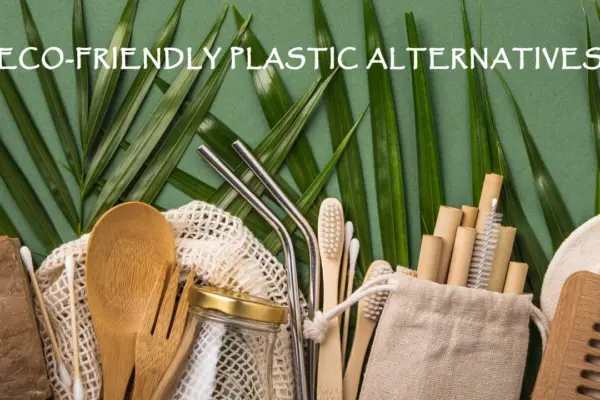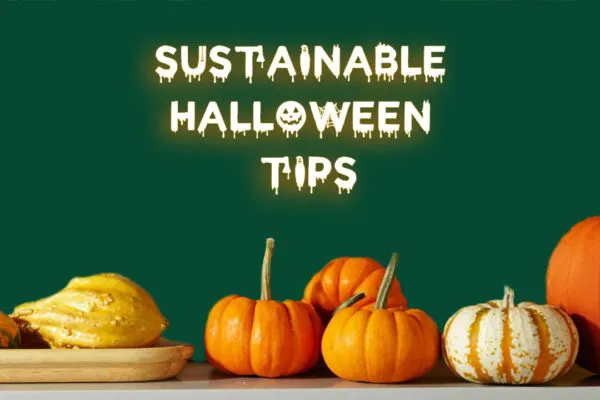Juvenile Turtles Most at Risk from Ocean Plastic Pollution
Despite experts warning against its noxious effects on the planet, humankind has enabled plastic pollution to thrive in all environments. A recent study has discovered that juvenile turtles are most at risk from ocean plastic pollution.
Led by the University of Exeter, the study found plastic content inside small juvenile turtles along the east (Pacific) and west (Indian Ocean) coasts of Australia. The sea turtles travel on currents and spend their early years in the open ocean after hatching on beaches.
However, these currents accumulate frightening quantities of plastic with a rise in ocean plastic waste. Many young turtles swallow these harmful particles while feeding near the surface, which endangers their lives.

Image: Bustle
Published in the journal Frontiers in Marine Science, the study included members from Murdoch University, the Department of Environment and Science, Queensland and the Department of Biodiversity Conservation and Attractions, Western Australia. The Sea Life Trust and the National Geographic Society funded the study.
According to Dr. Emily Duncan, of the Center for Ecology and Conservation on Exeter’s Penryn Campus in Cornwall;
Juvenile turtles have evolved to develop in the open ocean, where predators are relatively scarce. However, our results suggest that this evolved behavior now leads them into a ‘trap’ – bringing them into highly polluted areas such as the Great Pacific Garbage Patch. Juvenile sea turtles generally have no specialized diet – they eat anything, and our study suggests this includes plastic.
For the study, researchers examined juvenile sea turtles – from little hatchlings to a shell measurement of up to 50 centimeters – which either washed up or were accidently caught by fishermen on the Australian coasts. The study included 121 such sea turtles from five of the world’s seven turtle species – Green, Loggerhead, Hawksbill, Olive Ridley and Flatback turtles.
Also Read: Marine Megafauna Faces Mortal Danger from Plastic Debris
After thorough analysis, the study concluded that the proportion of turtles containing plastic was far higher on the Pacific coast with 86 percent of loggerheads, 83 percent of flatbacks and 29 percent of Olive Ridley. The Indian coast had 28 percent of flatbacks, 21 percent of loggerheads and 9 percent of green turtles with plastic content in their stomach.
Out of seven existing species of sea turtles, six are listed as endangered and/or threatened on the IUCN Red List. This study further indicates the threats that can push some of these endangered species into oblivion.
Plastic in the Pacific turtles contained mostly hard fragments, while Indian Ocean turtles had consumed mostly fibers that possibly came from fishing equipment. In both cases, the most common polymers found inside turtles were polyethylene and polypropylene.
Dr. Ducan said that the next step of the study will be to determine if and how plastic ingestion affects the health and survival of these marine animals.



